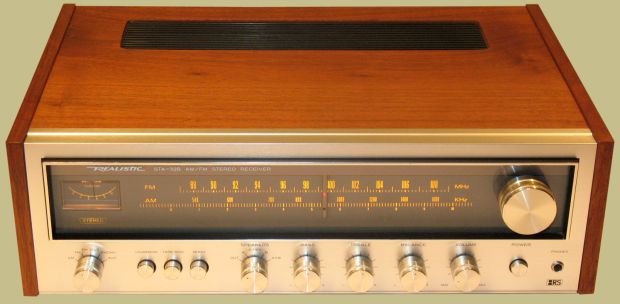
This Realistic STA-52B was a budget offering from Radio Shack around 1979-80. It retailed for roughly $200 and had limited features. Still, it has very appealing aesthetics. The black dial face coupled with gold lettering adds an air of sophistication to this receiver. And, it sounds pretty good too!
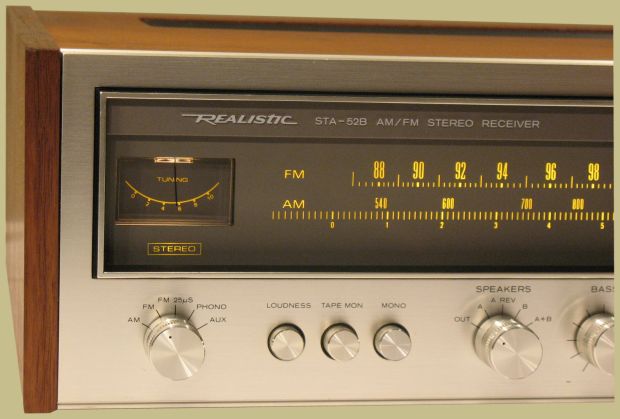
It features both AM and FM bands and has separate bass and treble controls. It only puts out 18 watts per channel so it was designed for smaller listening areas. It has a magnetic phono input and an AUX input as well (for you iPod users). Notice that it even has a cool dual LED feature in the tuning needle. You don’t see that very often. While it was designed as a lower end unit for those on a budget it has features that other receivers at a similar price point did not have including outputs for two sets of speakers instead of just one.
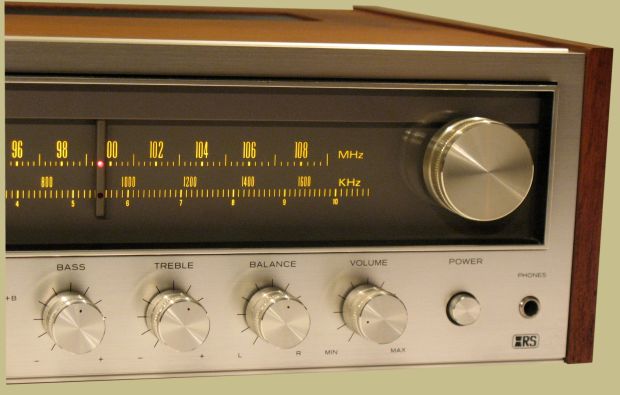
There is an earlier version which is the STA-52 that puts outs only 12 watts per channel but does have the ever desirable Q-Vox feature which uses a synthesizing technique to create a virtual quadraphonic sound. Yes, that was sarcasm.
The STA-52B does not have that feature but does have a speaker A Rev setting which will reverse the A and B speakers in case you want to hear the guitar solo in a song on your right instead of your left. I’m not exactly sure why that’s useful but it probably sounded cool to a kid looking through the Radio Shack catalog back in 1980.
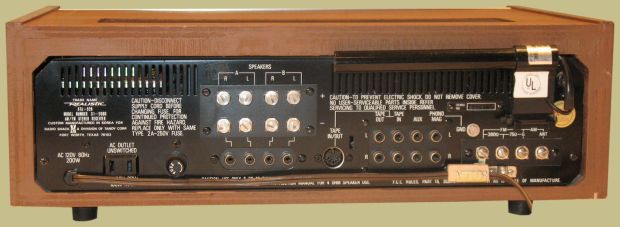
As you can see it also has both DIN and standard inputs for Tape which is nice. The styling really is nice and the genuine walnut veneer case adds to the look.

OK, so it’s not a monster receiver – more like a Minion receiver. But, every receiver has its place, and this one is a fine example of the lower end of the spectrum. In fact, if you want a nice, clean, easy to use receiver for your turntable or reel-to-reel and don’t need to fill a large room with sound then this little guy can do the job. And, it won’t cost you too much in order to dabble in the world of vintage audio.
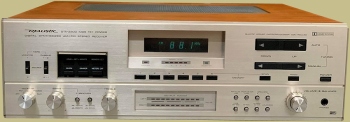
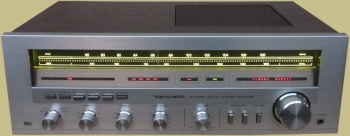
Thanks for the tech specs I was wondering. Only 12 watts per channel, unreal with the Realistic speakers I have assuming original I would never have guessed that. This thing is so unbelievably loud. :)
I bought the STA-52 new in 1979. Still have it cranking out tunes in my garage. Sounds great. Unless you have a space greater than say 30×30 you really don’t need more than the 12 watts per channel this thing puts out and a solid set of bookshelf speakers (maybe a sub woofer for the house music crowd).
It’s a classic piece of electronics with the tuning gage and Q-VOX setting. Has a PHONO and AUX setting because, at the time, no one knew if that 8 track thing would take off or we’d return the the superior reel to reel era.
For about $60 you get good sound and classic looks.
I just pick up a realistic sta52 do 65 dollars reciever.have no manual for it if anyone knows can a CD and cassette player be hook up to this reciever let me know.
it will play CDs, just hook up the cd player to AUX.
Bought one at Goodwill for $8.95. Good deal. Sounds swell in my 400 sf living room.
I have a friend who stoped by on the way to the dump.luckly I saw it brought it into my shop ;welding shop cleaned
It up plugged some speekrs also in his dump load and darnit if this thing doesn’t have a supprizingly clean sound.I gave the one I had bought for the shop to a cuzin and added a couple of old knwoods and a single jbl and keeped one from initial shop stereo.sound great
I picked up a STA-52B for $20 that needed a little work, I really like the looks of it. The tuner didn’t function at all, the amp would die out after an hour-ish, all of the pots and switches were noisy, and several lamps were bad. The tuner was an easy fix, the Zener diode in the power supply for the bias voltage was bad, the pots and switches needed a good Deoxit cleaning, I replaced the lamps with LEDs, and put all new Nichicon Fine Gold caps in the amplifier section.
I connected a turntable and a Bluetooth adapter, then paired it with some aesthetically similar Sony bookshelf speakers… It makes for a really nice little basement system.